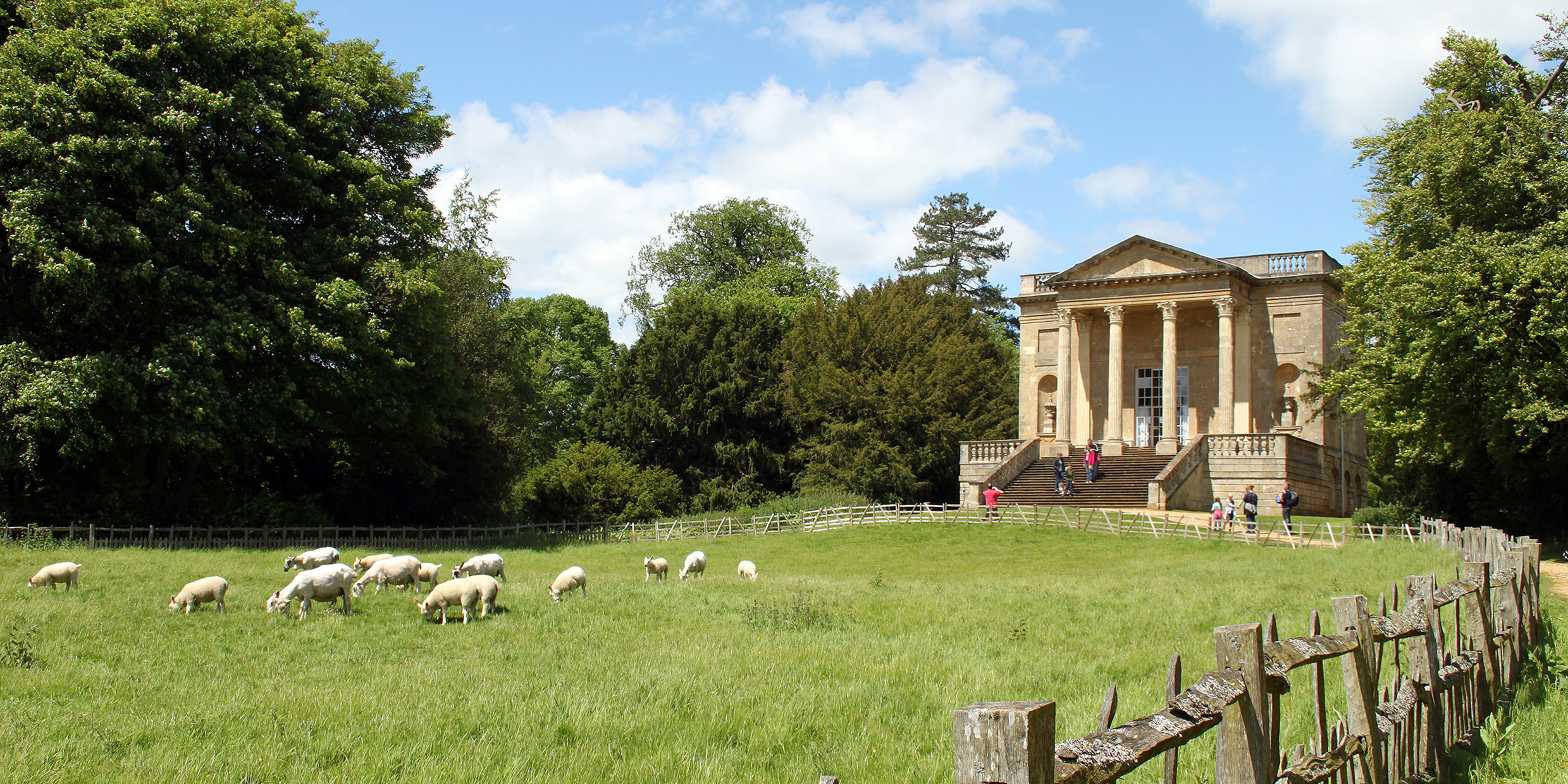Originally published 8 August 2004
Last week’s visit to the Royal Botanical Gardens at Kew in England put me again under the spell of Lancelot “Capability” Brown.
Brown can be called the father of English landscape design. His curious nickname derives from his often expressed desire to bring out the “capability” of a place.
Not for Brown raw wilderness. Nor was he attracted to the fussy formality of French gardens.
Brown wanted a landscape more “natural” than nature. A garden should exert a civilizing influence upon its inhabitants, he believed, and part of civilization is living in harmony with non-human nature.
He was born in Northumberland in 1716, and after a stint as a gardener’s boy became apprentice to the famous landscaper William Kent on Viscount Cobham’s estate at Stowe. It was from Kent that Brown learned the esthetic of what he would later call “the Line of Grace,” a sinuous rising and falling three-dimensional curve — a road, a shoreline, a copse of trees.
Brown created at Stowe the so-called Grecian Valley as the largest and least formal part of the estate. The valley was meant to look as if it had been there forever, a primeval Arcadian paradise, when in fact it was dug by an army of laborers wielding shovels and barrows.
The British landscape historian Christopher Hussey saw Brown’s work at Stowe as an expression of Whiggish politics, bringing the landscape “into harmony with the age’s humanism, its faith in disciplined freedom, its respect for natural qualities, its belief in the individual, whether man or tree, and its hatred for tyranny whether in politics or plantations.”
There in a nutshell you have a pretty good basis for political or environmental action.
Ironically, it was America’s favorite tyrant King George III who in 1764 appointed Brown as Surveyor to His Majesty’s Gardens and Waters at Hampton Court on the Thames. The gardener’s hand was soon felt at the nearby royal estates of Richmond and Kew.
Eventually, Brown designed gardens for 170 of Britain’s finest country houses. He worked, inevitably, mostly for the rich, but today many of those estates, including Stowe, are in the care of Britain’s National Trust and open to all.
In the mid-nineteenth century, Fredrick Law Olmsted brought Brown’s style of landscaping to America and put it more determinedly to work on behalf of the people, designing public parks in virtually every major American city, including New York’s Central and Prospect Parks and Boston’s Emerald Necklace.
Disciplined freedom, respect for nature, belief in the individual, whether man or tree, hatred for tyranny whether in politics or plantations: One week ago, with hundreds of other visitors, rich and poor, of every race and culture, I experienced these qualities on a brilliant sun-drenched Sunday at Kew.
American conservationists never quite caught the spirit of Fredrick Law Olmsted and Capability Brown. They linger under the spell of wilderness, a supposed paradisal state of non-human nature upon which civilization — corrupt and destructive — should minimally intrude.
They take Henry David Thoreau at his word when he says he dines happily on woodchuck, or that he would rather sit on a pumpkin than a velvet cushion.
“In wildness is the preservation of the world,” wrote the so-called “hermit” of Walden, and conservationists emblazon his words on T‑shirts and posters, and imagine Thoreau in a cabin deep in a primeval forest, his solitude disturbed only by the cry of a loon or hoot of an owl.
What a bunch of baloney! From his favorite vantage points on Conantum Cliff or Fair Haven Hill, Thoreau looked out on a tidy patchwork of agricultural plots — cultivated fields, orchards, woodlots and water meadows — that stretched as far as the eye could see, and loved what he saw.
On returning from the Maine woods, he wrote: “It was a relief to get back to our smooth, but still varied landscape. For a permanent residence, it seemed to me that there could be no comparison between this [Concord] and the wilderness. The wilderness is simple, almost to barrenness. The partially cultivated country it is which chiefly has inspired, and will continue to inspire, the strains of poets.”
Indeed.
It’s time to stop dining on philosophical woodchuck and recognize that it is our own wild nature, rapacious and selfish like that of all other creatures, that threatens biodiversity and poisons the environment.
The entire planet will inevitably become a human landscape. If we are to prevent a tyranny of the inorganic, we must learn to garden in the spirit of Capability Brown, pitching civilized generosity against wild self-interest, scientific ecology versus consumerist greed, hope versus handwringing.



